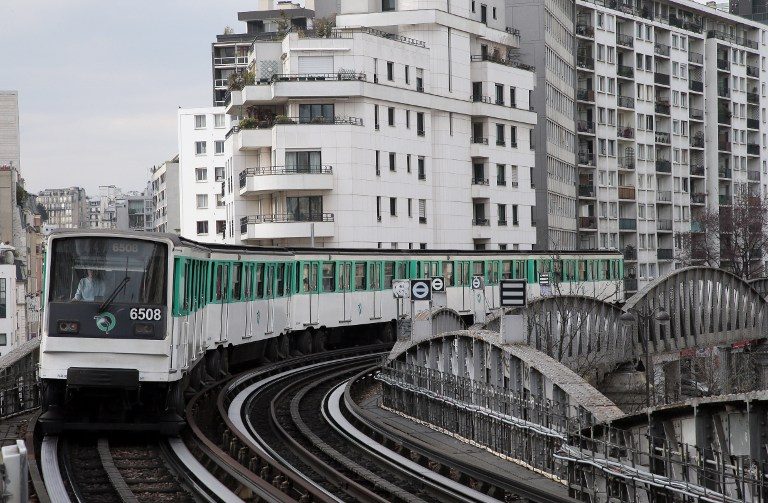SUMMARY
This is AI generated summarization, which may have errors. For context, always refer to the full article.

PARIS, France – Big cities worldwide have expanded faster than their rapid transit systems, leading to higher levels of pollution, greenhouse gas emissions and commuter misery, a report released Tuesday, October 11, showed.
“Low-density, car-oriented development – known as ‘sprawl’ – has been the predominant urban form for cities in the past century,” said Michael Marks, a researcher at the non-profit, New York-based Institute of Transportation and Development Policy (ITDP), and lead author of the study.
“The results have been disastrous for both people and the planet.”
In a sampling of 13 cities in wealthy nations, more than 2/3 of residents, on average, had easy access to rapid transportation, according to the report.
The figure ranged from 100% in Paris, to 24% in Los Angeles.
But moving into the urban sprawl spilling outside city limits, the percentage of residents within easy walking distance – one kilometer, or 3/5 of a mile – of a fast train, bus or metro line dropped, on average, by nearly half.
In the greater Paris suburbs, only 50% of people were within the range, equivalent to a 10-to-15 minute walk. In greater Los Angeles: 11%.
For 13 burgeoning cities in the developing world, only 40% of residents were, on average, within a kilometer of public transport. And for urbanites beyond the often invisible city border, the percentage fell to a quarter.
Among wealthy cities, those in the United States scored among the lowest, with the exception of New York.
After Paris, Barcelona and Madrid topped the list, with above 90% of residents having easy access.
Both cities outperformed the French capital when it came to rapid transit in the greater metro areas, with a rate of 75%.
A key conclusion to emerge from the report was the link between urban density and broad access to rapid transportation.
“Urban expansion is occurring faster than transit investment,” Marks said.
This can “undermine sustainable and equitable growth,” he added.
Cities – home to more than half of humanity – account for nearly 3/4 of all heat-trapping greenhouse gases.
The transportation sector is responsible for 15%, according to the US Environmental Protection Agency.
By 2050, 2/3 of Earth’s residents will live and work in an urban setting – an additional 2.5 billion people compared to today, the UN has forecast.
Some 90% of these new urbanites will be in Africa and Asia.
“As cities grow quickly in size and wealth, the commuting patterns that their residents develop today will define them for decades to come,” said Marks.
The study was released ahead of UN Habitat III conference on housing and sustainable development in Quito, Ecuador starting on October 17. – Rappler.com
Add a comment
How does this make you feel?
There are no comments yet. Add your comment to start the conversation.